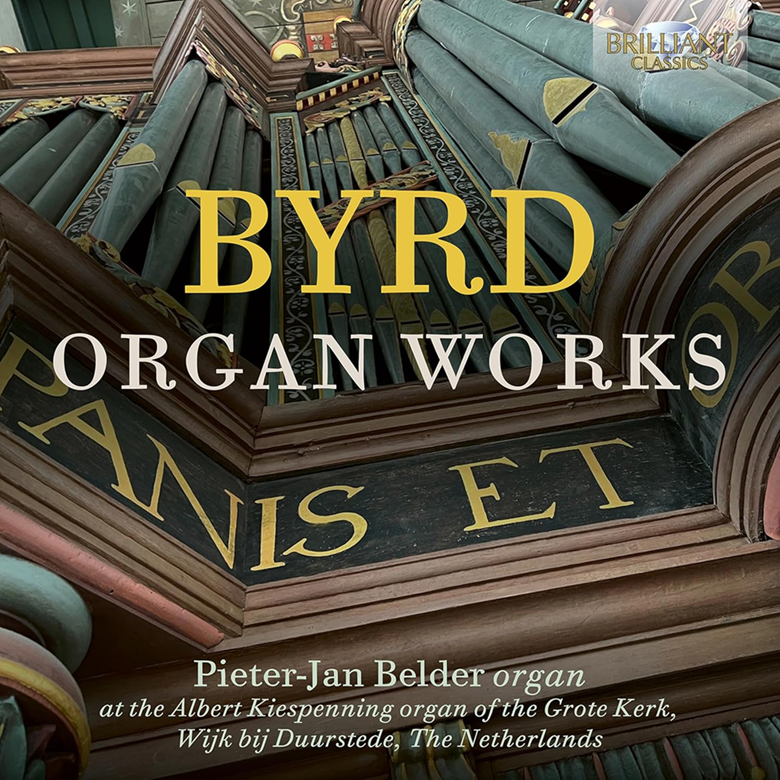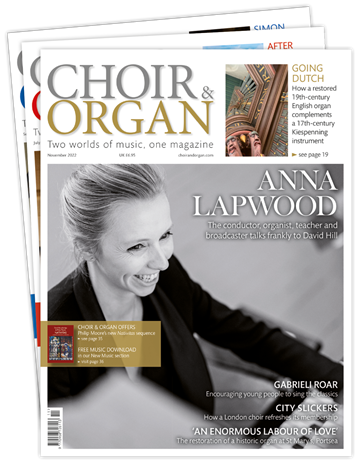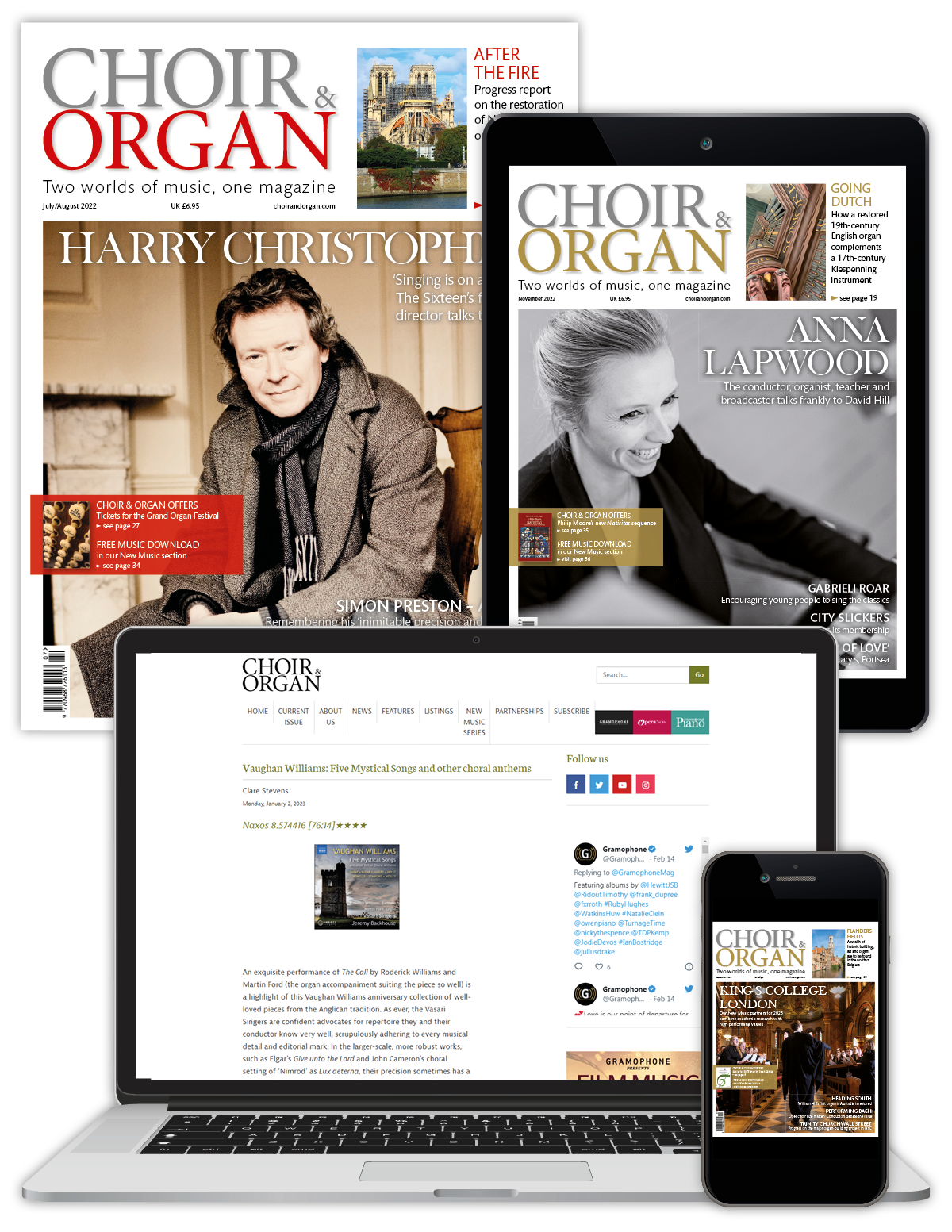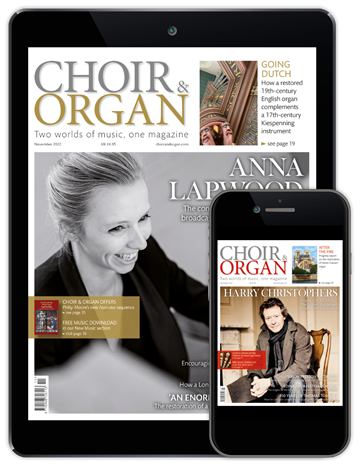Byrd: Organ Works
Chris Bragg
Thursday, April 24, 2025
Belder plays with expression and a capricious sense of the impulsive nature of the music

There is no clear evidence as to which of Byrd’s numerous keyboard compositions might have been played on the organ. Plainsong settings seem most likely of course but even then, as Belder acknowledges, ‘An In Nomine, for example, might have sacred connotations, though its roots are in consort pieces and would have been enjoyed away from a religious setting.’ There is nevertheless considerable overlap between Belder’s discs and the single disc recorded on organ by Davitt Moroney as part of his reference complete Byrd keyboard survey (Hyperion, 1999).
The parallels and differences in approach are also interesting and the lack of any substantial English organ from the period forces both to look elsewhere. Moroney plays the famed 1981 Ahrend organ in the vast acoustic of the Toulouse Musée des Augustins, Belder on the 1615 Kiespennig organ in Wijk bij Duurstede. Both restrict themselves, mostly, to the generic stops available in England at the turn of the 17th century, Belder’s occasional use of the Regal based on its presence on a domestic instrument, the 1579 Theewes claviorganum in the V&A.
The brief use of the Sesquialter at the conclusion of the final Fantasia in C can be chalked up to artistic licence. However, Moroney deduces one possible interpretation of the ‘double organ’, since expanded upon by others, assuming the two keyboards to be at different pitches, and thus transposes the music down a fourth. The result is unworldly, dark and compelling. Belder plays ‘at pitch’ and has the advantage of ¼ comma meantone since the Kiespennig organ’s last restoration, although there is no evidence that Byrd ever made use of anything other than modified Pythagorean tunings (the earliest evidence of meantone in England dates to the early 17th century).
The organ, intended for congregational singing has an intensity (wide-scaled lead flutes, a doubled 8ft Prestant) which feels instinctively un-English but not uncomfortably so. Belder plays with expression and a capricious sense of the impulsive nature of the music, not least in the sometimes astonishing cross rhythms, his background as a harpsichordist evident in his execution of the periodically intense array of ornamentation. The absence of a specification is a shame.






